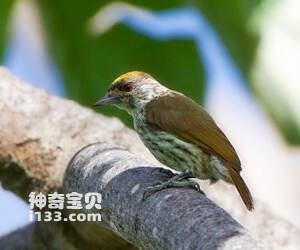
Nesoctites micromegas
Nesoctites micromegas,Antillean piculet
The scientific name of the Anshima Himeji woodpecker is Nestctites micromega···
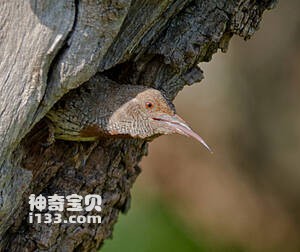
Jynx ruficollis
Jynx ruficollis,Red-throated wryneck, Rufous-necked wryneck,Red-breasted wryneck
The scientific name of the red breasted ant is Jynx ruficollis, and the fore···
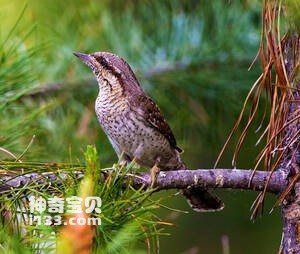
Jynx torquilla
Jynx torquilla,Eurasian wryneck
The scientific name of the ant beetle is Jynx torquilla, and the foreign nam···
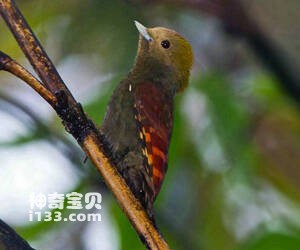
Gecinulus grantia
Gecinulus grantia,Pale-headed woodpecker
The scientific name of the Cangtou Bamboo Woodpecker is Gecinulus grandia, a···
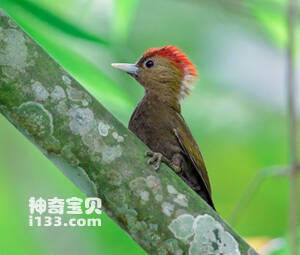
Gecinulus viridis
Gecinulus viridis,Bamboo woodpecker
The scientific name of the bamboo woodpecker is Gecinulus viridis, and its f···
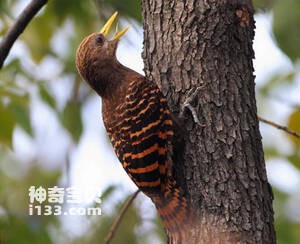
Blythipicus pyrrhotis
Blythipicus pyrrhotis,Bay woodpecker
The scientific name of the yellow billed chestnut woodpecker is Blythipicus ···
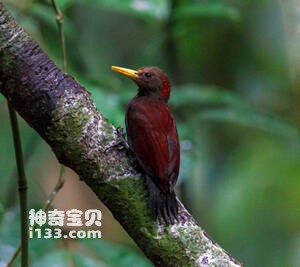
Blythipicus rubiginosus
Blythipicus rubiginosus,Maroon woodpecker
The scientific name of the small chestnut woodpecker is Blythipicus rubigino···
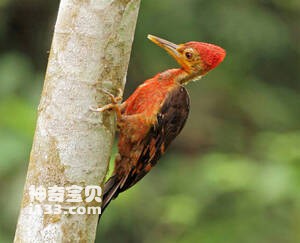
Reinwardtipicus validus
Reinwardtipicus validus,Orange-backed woodpecker
The scientific name of the orange backed woodpecker is Reinwardtipicus valid···
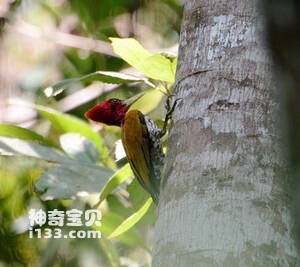
Chrysocolaptes erythrocephalus
Chrysocolaptes erythrocephalus,Red-headed flameback
The scientific name of the red headed golden backed woodpecker is Chrysocola···
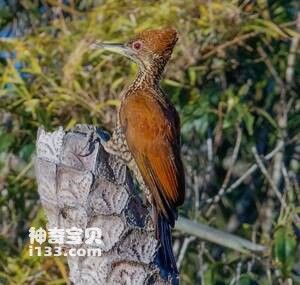
Chrysocolaptes lucidus
Chrysocolaptes lucidus,Buff-spotted flameback
The scientific name of the brown spotted golden backed woodpecker is Chrysoc···
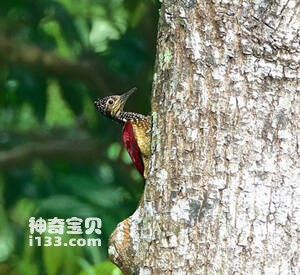
Chrysocolaptes haematribon
Chrysocolaptes haematribon,Luzon flameback
The scientific name of the Lv Song Golden backed Woodpecker is Chrysocolapte···
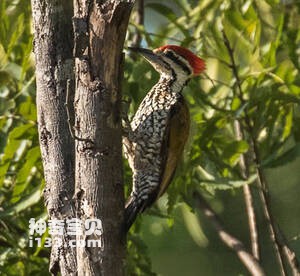
Chrysocolaptes strictus
Chrysocolaptes strictus,Javan flameback
The scientific name of the Javanese Golden backed Woodpecker is Chrysocolapt···
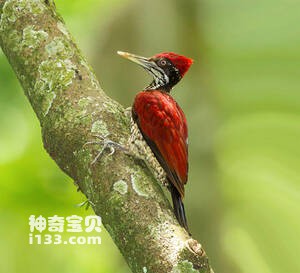
Chrysocolaptes stricklandi
Chrysocolaptes stricklandi,Crimson-backed flameback
The scientific name of the crimson backed woodpecker is Chrysocolaptes stric···
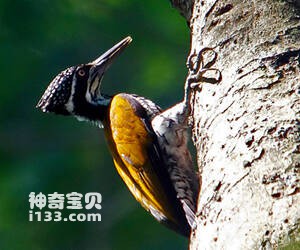
Chrysocolaptes guttacristatus
Chrysocolaptes guttacristatus,Greater flameback
The scientific name of the Great Golden backed Woodpecker is Chrysocolaptes ···
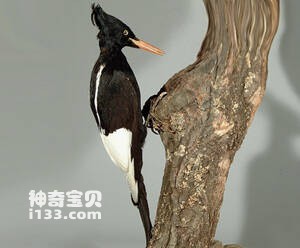
Campephilus imperialis
Campephilus imperialis,Imperial woodpecke
The scientific name of the Imperial Woodpecker is Campephalus Imperialis, an···
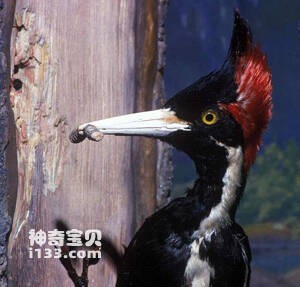
Campephilus principalis
Campephilus principalis,Ivory-billed woodpecker
The ivory billed woodpecker, also known as the Campephalus principalis or Iv···

Campephilus magellanicus
Campephilus magellanicus,Magellanic woodpecker
The scientific name of the Argentine woodpecker is Campephalus magellanicus,···
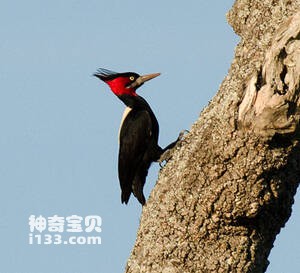
Campephilus leucopogon
Campephilus leucopogon,Cream-backed woodpecker
The scientific name of the milky white backed woodpecker is Campephalus leuc···
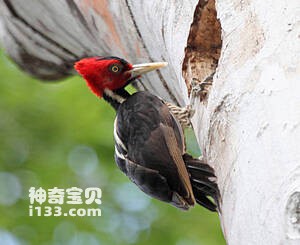
Campephilus guatemalensis
Campephilus guatemalensis,Pale-billed woodpecker
The scientific name of the pale billed woodpecker is Campephalus guatemalens···
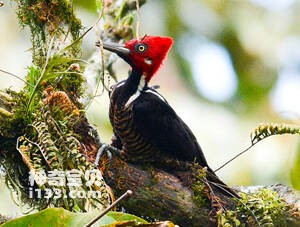
Campephilus gayaquilensis
Campephilus gayaquilensis,Guayaquil woodpecker
The scientific name of the Ecuadorian woodpecker is Campephalus gayaquilensi···
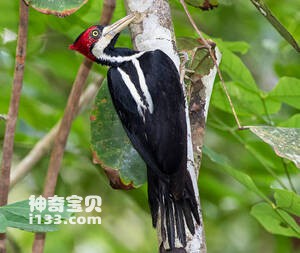
Campephilus melanoleucos
Campephilus melanoleucos,Crimson-crested woodpecker
The scientific name of the Zhuguan Woodpecker is Campephilus melanoleucos, C···
